50 30 Written As A Product Of Two Factors

The reverberations of the latest educational assessment have ignited a fervent debate within mathematics education circles. A seemingly simple mathematical problem, expressing 50/30 as a product of two factors, has exposed a deep-seated issue: a lack of conceptual understanding among students, and perhaps, a need to re-evaluate teaching methodologies.
At the heart of the controversy lies the observation that a significant portion of students struggled to correctly represent the fraction 50/30 as the product of two factors. This seemingly straightforward task reveals a potential deficiency in grasping fundamental mathematical concepts such as factorization, simplification, and equivalent representations. The implications extend beyond a single test question, potentially impacting future learning in more complex mathematical domains.
The Core Issue: Conceptual Understanding vs. Rote Memorization
The challenge with the 50/30 problem highlights the difference between understanding a mathematical concept and merely memorizing procedures. Many students, it seems, are adept at performing algorithms but struggle to apply them creatively or understand the underlying principles.
This emphasis on rote learning, some experts argue, could be detrimental to long-term mathematical proficiency.
“We need to move away from simply teaching students how to execute steps and focus on building a deeper, more intuitive understanding of mathematical concepts,” argues Dr. Emily Carter, a professor of mathematics education at Stanford University.
Analyzing the Student Responses
Examining the incorrect answers provides valuable insights into the nature of the misunderstanding. A common error was to attempt to directly multiply 50 and 30, resulting in a whole number rather than maintaining the fractional representation.
Others struggled with simplification, failing to recognize that 50/30 can be reduced to 5/3. Still others were unable to identify factor pairs of either 50 or 30, or the resulting simplified numerator and denominator, that would result in the initial 50/30.
These mistakes point to a need for reinforced instruction on fractions, factorization, and equivalent forms.
The Role of Curriculum and Pedagogy
The debate also encompasses the curriculum and pedagogical approaches used in mathematics education. Critics suggest that the current curriculum may be too focused on procedural fluency and not enough on conceptual understanding.
Traditional teaching methods, which often rely on lectures and drills, may not be effective in fostering deep learning. An emphasis on active learning, problem-solving, and real-world applications is crucial.
“Students learn best when they are actively engaged in the learning process and can connect mathematical concepts to their own experiences,” states a report by the National Council of Teachers of Mathematics (NCTM).
Alternative Approaches to Teaching Fractions
There are several promising alternative approaches to teaching fractions that could address the identified weaknesses. Using visual aids, manipulatives, and real-world examples can help students develop a more concrete understanding of fractions.
Encouraging students to explore different representations of fractions and to explain their reasoning can promote deeper learning.
Project-based learning, where students apply their knowledge of fractions to solve real-world problems, can also be effective.
Addressing the Equity Gap
The challenges related to conceptual understanding may disproportionately affect students from disadvantaged backgrounds. Students who lack access to quality educational resources or who come from homes where mathematics is not valued may be at a greater disadvantage.
Addressing the equity gap requires targeted interventions and support for these students. These could include providing additional tutoring, mentoring, and access to technology.
It is crucial to ensure that all students have the opportunity to develop a strong foundation in mathematics.
A study by the Education Trust found that students from low-income families are more likely to be taught by less experienced teachers and to attend schools with fewer resources. This disparity contributes to the achievement gap in mathematics.
The Way Forward: A Call for Reform
The controversy surrounding the 50/30 problem serves as a wake-up call for mathematics educators. It highlights the need for a fundamental shift in how mathematics is taught and learned.
A greater emphasis on conceptual understanding, active learning, and equity is essential to ensure that all students develop the mathematical skills they need to succeed in the 21st century.
The future of mathematics education depends on our ability to address these challenges effectively.
The findings have prompted a review of math curricula in several states, with discussions centered on incorporating more problem-solving activities and real-world applications. Teacher training programs are also being scrutinized to better equip educators with strategies to foster deeper conceptual understanding in their students. The debate is far from over, but it has undoubtedly ignited a crucial conversation about the future of mathematics education and the necessity of moving beyond rote memorization to cultivate genuine mathematical proficiency.
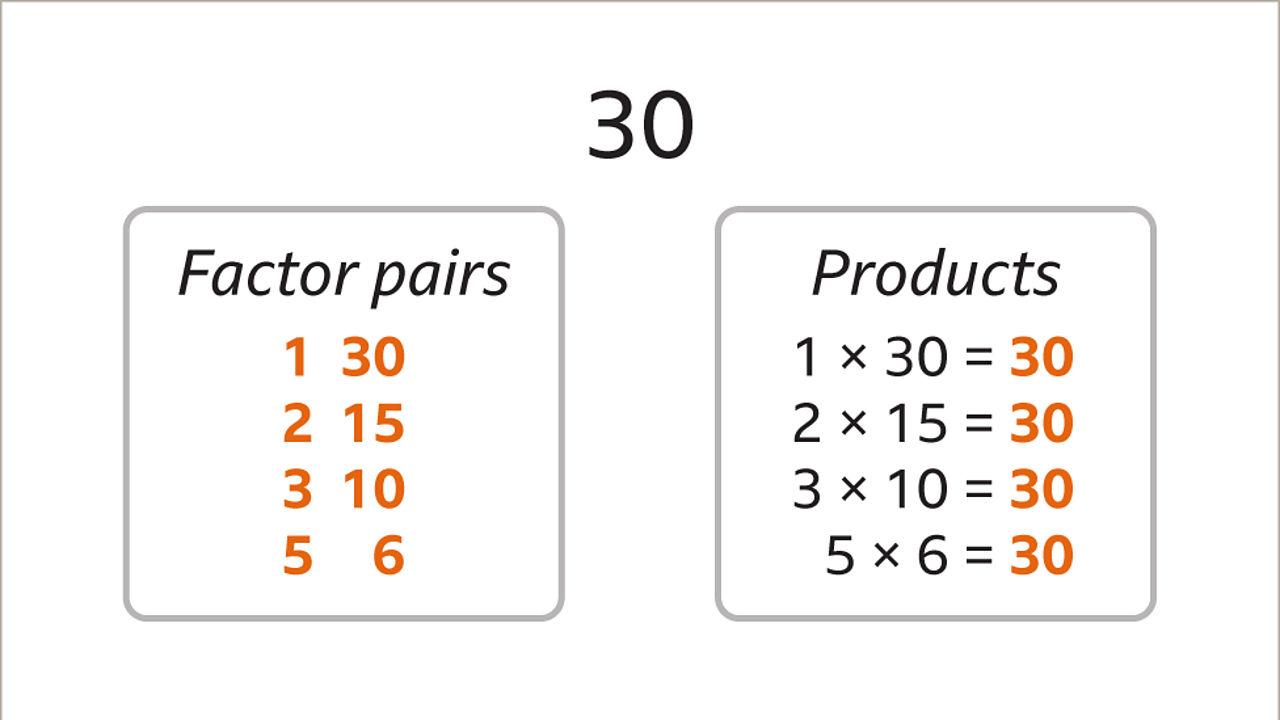
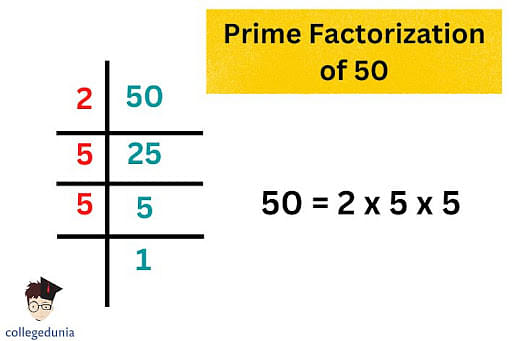

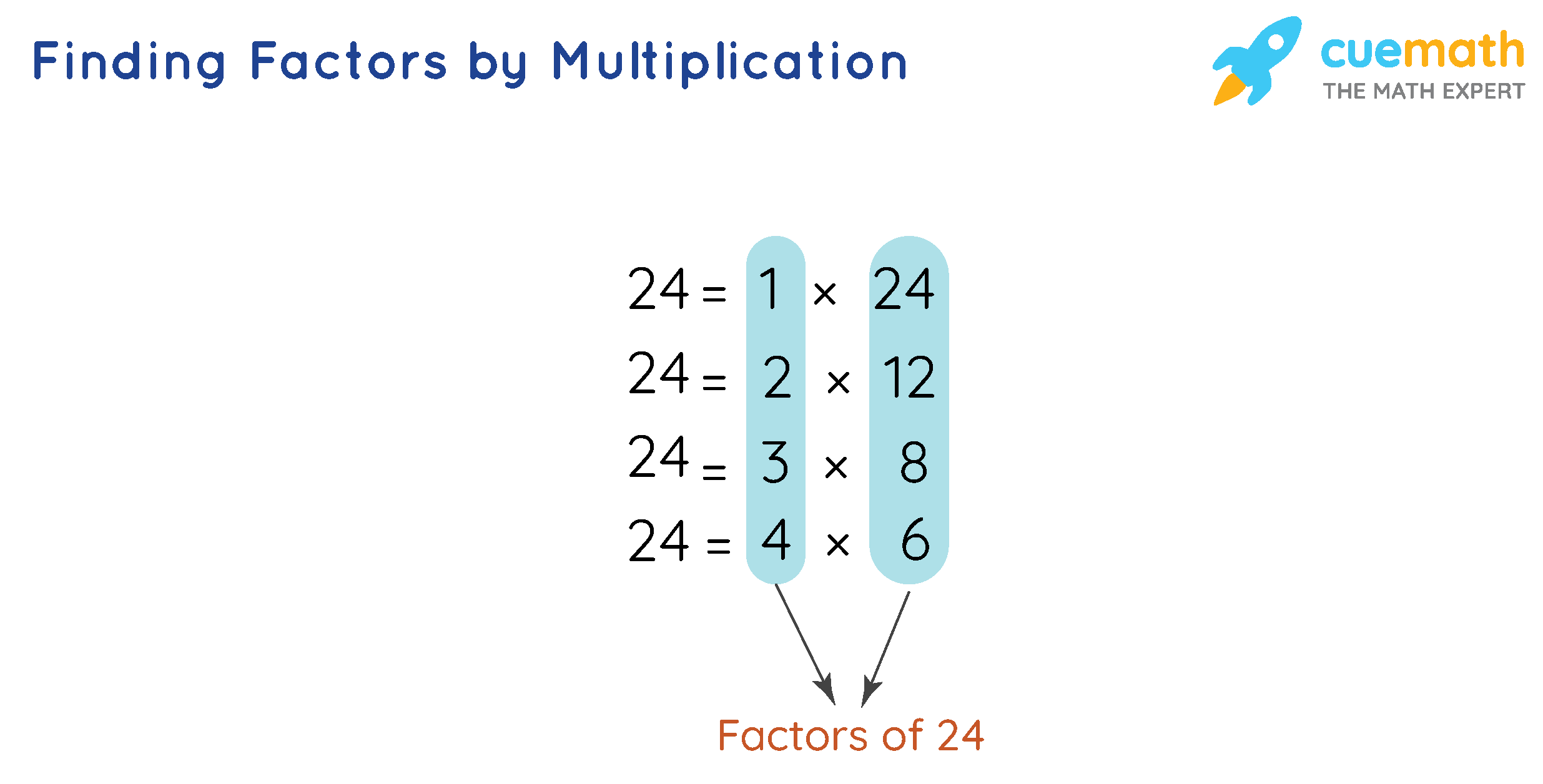
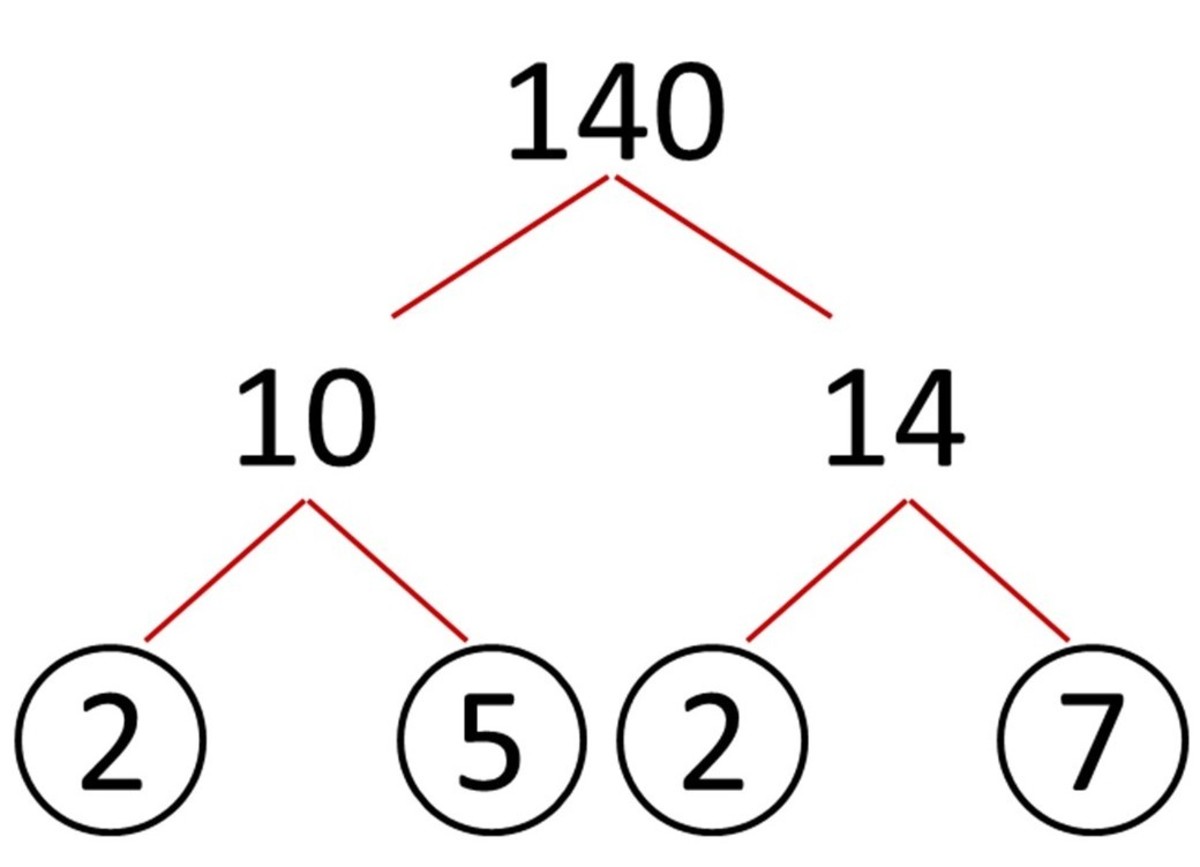

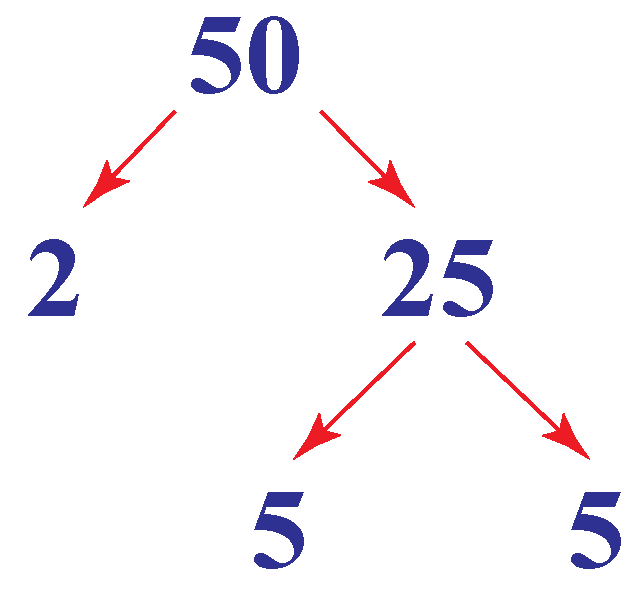

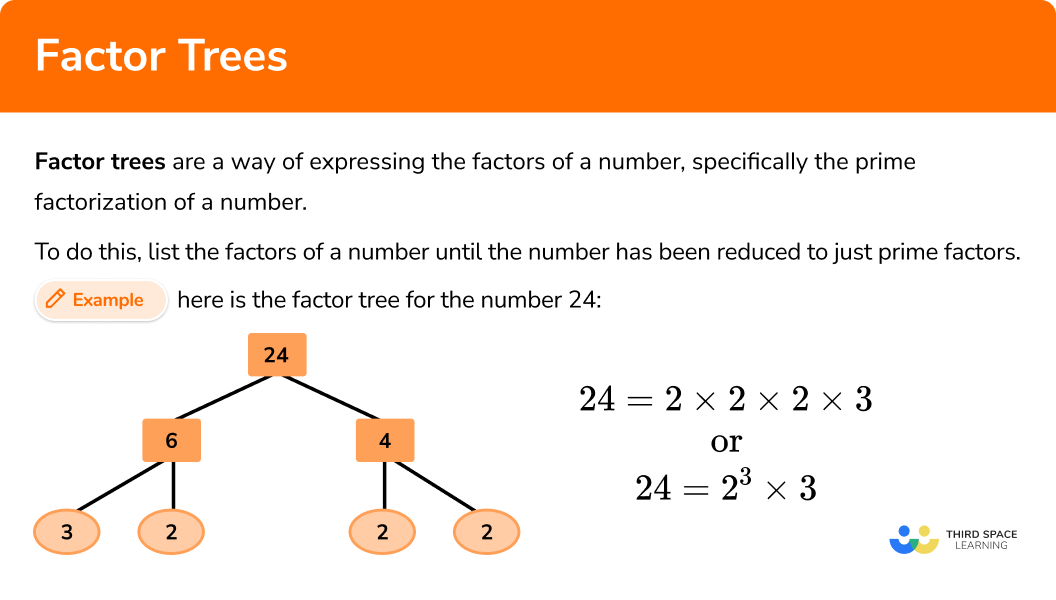





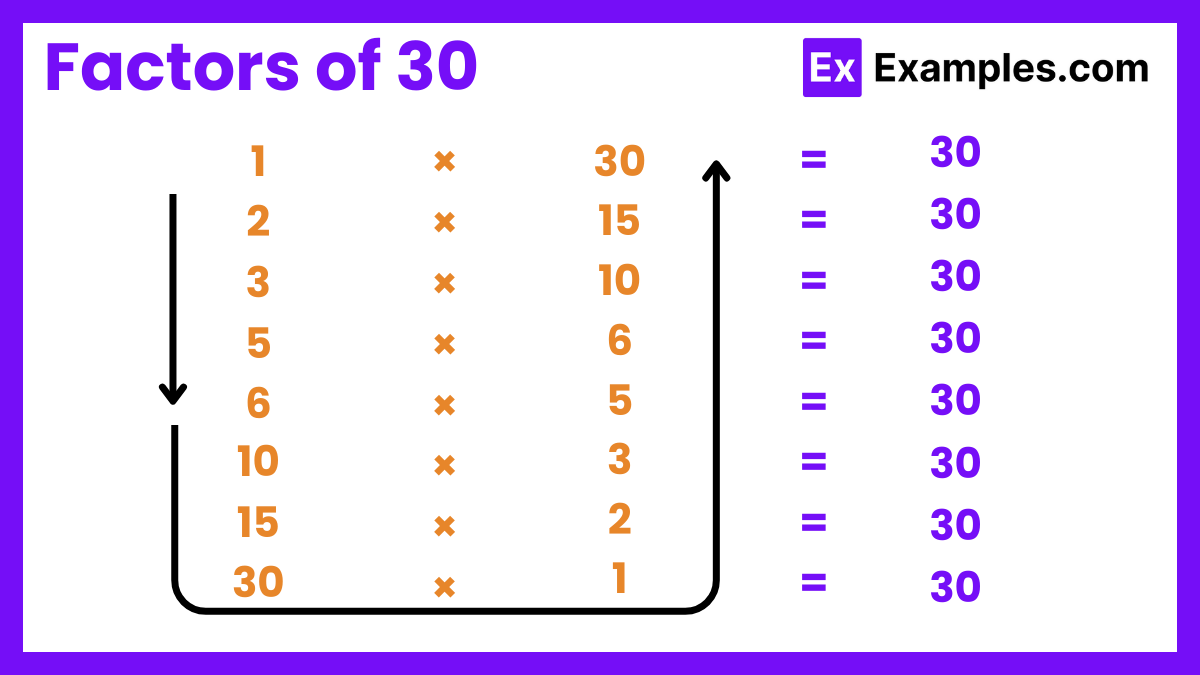
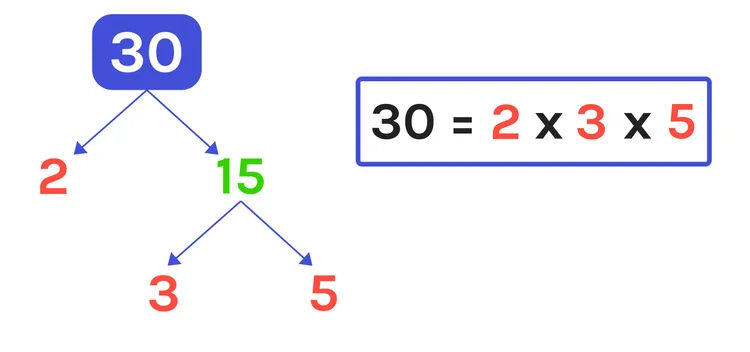

![50 30 Written As A Product Of Two Factors [FREE] Write 28 + 24 as a product of two factors using the GCF and the](https://media.brainly.com/image/rs:fill/w:640/q:75/plain/https://us-static.z-dn.net/files/d6d/4236f59ddf2f0dc690062404647d9804.png)
